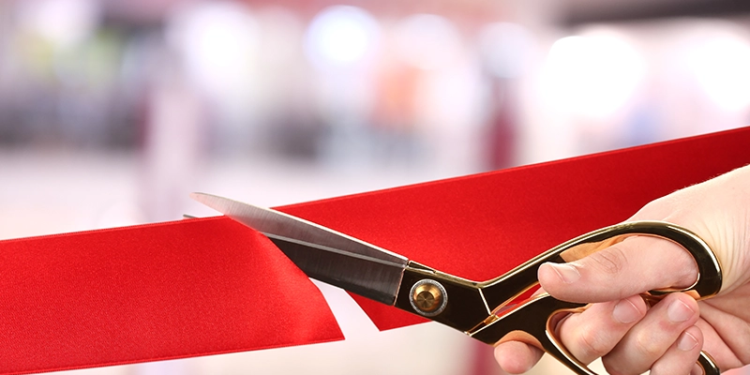Researchers from the University of Canterbury, Christchurch, New Zealand, are fine-tuning a powered lower-limb exoskeleton that actively estimates the user’s intended movement using the user’s own biological signals and then provides assistive force to reduce the effort required to execute knee extension and flexion motions. By reducing limb load, the device has implications for use in patients recovering from an injury, supporting elderly persons in performing activities of daily living, or providing assistive force to industrial workers performing repetitive, physical tasks.
“The device is worn by the user to assist limb movement. It operates on an ‘assist-as-needed’ principle,” said XiaoQi Chen, PhD, the mechanical engineering professor overseeing the building and testing of the prototype. “Our device does not force movement of the patient along a predefined path but it assists the movement as directed by the user. We are improving the current prototype and sensor systems to allow greater freedom and better control of the exoskeleton system.”
As a rehabilitation device, the exoskeleton could reduce costs associated with hands-on therapy, and allow for home-based rehabilitation, which would shorten recovery time. Further, Chen said that though the device was designed to support the knee joint, it could be adapted to support other body joints especially in rehabilitation for upper limbs.
The current prototype has only been tested on able-bodied individuals; researchers said they plan to run more significant trials in February or March. A second prototype will be tested on both able-bodied users and those with limited mobility.
Editor’s note: This story is adapted from materials provided by the University of Canterbury.




